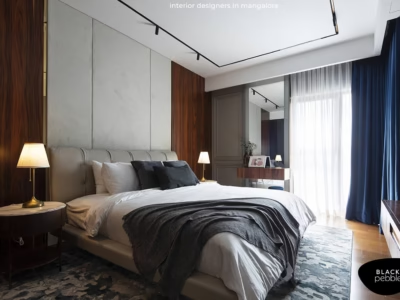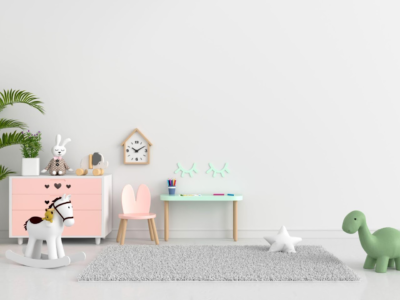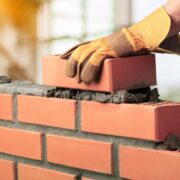The over-consumption of modern-day capitalism has resulted in an unsustainable environment for society. For contemporary design choices, it is imperative to choose sustainable materials, reduce waste, and make energy-efficient choices that will not negatively affect nature and will not hinder the lifestyles of the residents of your home.
Interior designers today explore and experiment with new materials and design ideas to fulfill this philosophy of sustainable living for their clients to keep their carbon footprint in check without hurting their preferred aesthetics and way of living.
We at Swiss Interior, one of the leading interior design companies in Singapore, take these aspects seriously and try to implement lessons from this philosophy in every interior design project in Singapore. But education about this topic is important, too.
This is why we are here to show you tips and tricks on how you can implement eco tactics in your home by yourself and help you live a life as green and comfortable as you want. Let’s check out our list together, shall we?

353A Admiralty Drive 4 Room Resale Design by Swiss Interior
Sustainability Benefits
Sustainability has many positive impacts on us, our society, and our planet as a whole. We explained its environmental impact in the introduction but this is not the only benefit of sustainability. Economical and health benefits of sustainability cannot be ignored.
The financial aspect of sustainability includes using eco-friendly materials and electronics, which will lower your bills and help with the maintenance of your interior and house in general.
The most important aspect sustainability covers is, of course, health. Using sustainable and ecologically friendly materials will improve air quality in the house because it will reduce your exposure to chemicals in artificial and harmful materials, thus contrubuting towards your better health and wellness.
Sustainable Materials
Choosing eco-friendly materials will make your floor more durable and will add aesthetic value that is typically not so present in Western-style homes that dominate around the world.
Whether you choose fast grooving and very durable materials such as bamboo or reclaimed wood and recycled/reclaimed tiles that will add an interesting aesthetical signature to your home, you will have less of a negative effect on natural surroundings.
When we talk about textiles, we are all aware that the industrial production of textiles and its industry as a whole presents a major negative influence on the environment. So, how can we lessen that textile grip on sustainability? Besides recycled textiles, if you want newer fabrics, you can always go for more sustainable options, such as organic cotton without plastic additives, as well as hemp, which is the most widespread ecological material on the market.
You would be surprised that even for paint there are alternatives that do not directly affect nature with pesky chemicals. Non-toxic pains and low-volatile organic compounds (VOC) can improve the air in your home, so opt for such eco-friendly options.
Reducing Energy Depletion in the Home
Our traditional homes are not efficient energy users. From heat to electrical loss, not only the environment suffers but also your wallet, believe it or not.
First when you take into consideration that our classic lighting bulbs are terrible energy transformers where the light emission is only a small part of the energy that the bulb uses. Where does the rest of the energy go? With LED lights and clever use of mirrors and blinds (which will reflect the natural light into space more efficiently) you can save so much energy and add interesting aesthetics to your personal space.
However, this is only a small part of energy depletion in the home. A much bigger part of this is played by insulation! With bad insulation, air conditioners are going to have to work more and utilise more energy to cool your home. Replacing insulation may seem like an enormously expensive task, but you will be surprised how much you can save in energy bills and, therefore, make your household easier on the environment.
Sustainability in Furniture
Now, let’s talk about everybody’s favorite topic: furniture. If you want to buy a new piece of furniture, try to buy quality furniture that will last a lifetime without the need for replacement.
The other way you can benefit both the environment and yourself is to try to seek out and buy second-hand furniture. Older furniture, especially pieces from the middle of the last century, was built to last, or at least can easily be repaired. So that cardboard table that will last max one year is a more expensive option than quality (sometimes you can even find vintage designer furniture) furniture that has interesting story about itself.
Minimalism
In the end, acceptance of minimalism as a philosophy of your home is the best option when it comes to ecology and sustainability. Quality will always be better than quantity, so buy less stuff, furniture, or accessories. It does not matter, and it will help clear out the clutter in your home and your mind too.











Comments